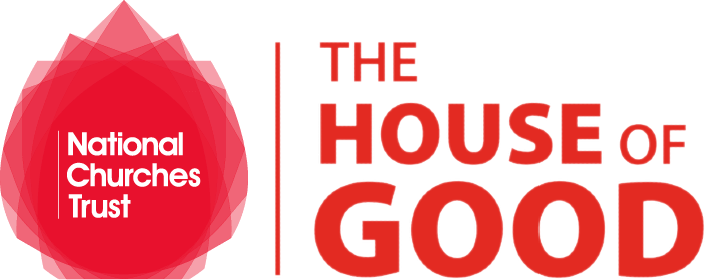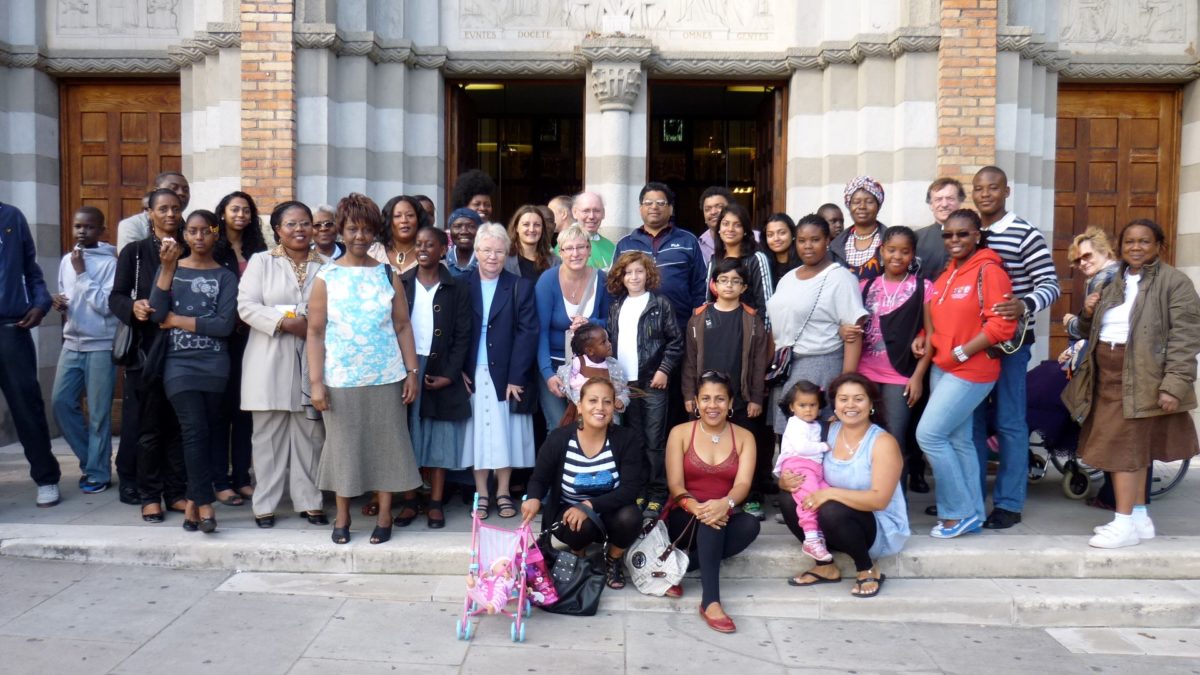Here’s the church and there’s the steeple, Open the door and see all the people.
I remember learning this nursery rhyme as a boy and doing the actions with my hands to turn the ‘church’ inside out and see the ‘people’ – my fingers – inside it. The National Churches Trust releases a report today called House of Good, covered in today’s Observer. https://bit.ly/2Hflp7O
The report shows that this connection between church buildings and the people and local communities who use them is alive and well and, perhaps surprisingly, worth billions of pounds.
The report finds that using conservative estimates the economic and social value of just four of the most common types of activities that happen thanks to church buildings is £12.4 billion per year. This is roughly equivalent to the annual spending on mental health services in the NHS in England. That is a very appropriate comparison, given that the four activities the report concentrates on – mental health and counselling services, youth groups, food banks and drug and alcohol addictions – all relate to mental health. Indeed, the majority of the value identified through this research relates to the wellbeing on those who benefit and help provide these services, usually provided free to those that need them by volunteers.
Although coronavirus closed church buildings for a while our report found that 89% of church communities continued to provide a range of help to local people, often adapting very quickly to what was most needed. Although many of these buildings have been there for centuries, churches are able to quickly respond to meet changing needs.
Coronavirus has also caused us to reflect as a society on the value of ‘key workers’, and as a consequence to recognise that the people who do jobs which may not be highly paid are making a contribution with a far greater value.
Similarly, this report makes the case for church buildings as ‘key places’, which are an incredibly valuable, national infrastructure which we are at risk of taking for granted and undervaluing. For every pound invested in this distribution network for doing social good, our research shows that the return is between 4 and 18 times that. This means that investing a few thousand pounds to install toilets or simple kitchen facilities in a church building can unlock significant benefits to local people for many years to come.
Until recently the Heritage Lottery Fund had a dedicated fund for places of worship. No longer. Some years ago the government established a fund for maintaining church roofs (which are often stripped of lead by thieves). The fund only ran for two years As things stand some churches can benefit from a scheme which allows them to reclaim the VAT on repairs and alternations. But that scheme is due to end in March next year.
The National Churches Trust is only able to make grants to one in four of the churches which apply to us. We would love to increase that proportion and to be able to continue to invest in these buildings which have stood for centuries, and will outlive us all. In the coming years, the community services that church buildings help to provide for local people and communities is going to be needed more than ever. It is therefore right to now to reappraise their value and invest in this living infrastructure for social good.
John Drew – 18 October 2020

